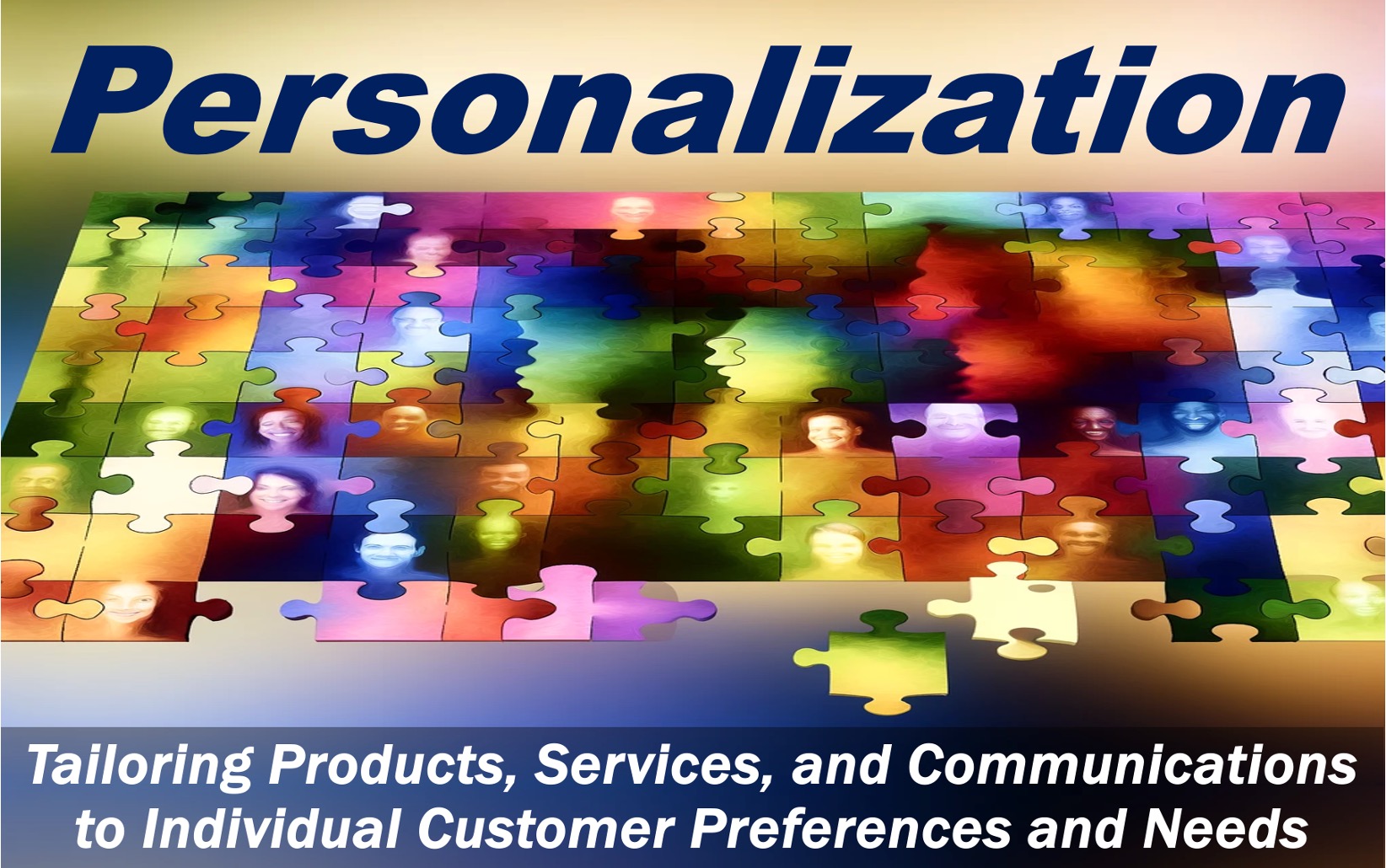If you design or produce something to meet somebody’s individual requirements, preferences, or features, you have been involved in Personalization. In the world of marketing, personalization occurs when a seller uses data to tailor messages to specific receivers’ preferences.
In today’s fiercely competitive marketplace, personalization is a key concept that influences how products, services, and information are tailored to meet the unique requirements and preferences of individuals.
It is a common strategy in many sectors of the economy, including retail, media, education, finance, technology, travel, and health. Tailoring something, such as a message, for example, specifically for the receiver, makes them appreciate that it was made just for them. This type of sophisticated targeting enhances the user experience by making interactions more relevant and engaging.
Adobe, an American multinational computer software company, has the following definition of personalization:
“Personalization is the process of using data to target and retarget leads with a brand message that speaks directly to specific customers’ interests, demographics, and buying behavior. With a personalized marketing strategy, your customers should feel like the brand message was made just for them. So personalized marketing may sometimes be called one-to-one or individual marketing.”
Personalization at its core
Essentially, personalization involves gathering data about an individual’s behaviors, preferences, interests, location history, device usage patterns, social media interactions, search history, and transaction records.
The seller analyzes this data to present content, recommendations, products, or services that are likely to be more relevant and of more interest to the person.
The marketer’s goal is to make the user feel understood and catered for on a personal level, rather than being just another number in the system.

Online shopping and personalization
Online retailers today track your browsing and purchase history and use that information to suggest goods and services you might like. For example, if you bought lawn seeds, a hedge trimmer, and a hosepipe over the last year, and you searched regularly for web pages about gardening, the seller will suggest garden fertilizer, landscape lighting, or perhaps an outdoor garden tools set.
Streaming services such as Netflix, Amazon Prime Video, Disney+, and Hulu recommend movies and TV shows based on what you have watched before. Their recommendations are not random but are carefully curated based on your past actions and preferences.
A more satisfying user experience
Do not underestimate the value of personalization. It saves time, which can lead to a more satisfying user experience, as there is less overload of irrelevant information.
For businesses, it can boost customer loyalty and sales by making the customer feel valued and understood. It is a win-win situation, that is, both the seller and customer are better off. Users get what they want more efficiently, and sellers benefit from greater engagement and revenue.
A drawback of personalization
A key drawback of extensive data collection is the potential for privacy concerns. Much of the information gathered is highly personal, and without proper handling, it can become intrusive.
Transparency in data collection processes is crucial. It is essential to assure customers and consumers at large that their data is treated with the utmost confidentiality and protection.
This assurance not only addresses privacy concerns but also fosters trust between consumers and providers of goods or services.
Technology
Despite some challenges, personalization is rapidly becoming the norm in the world of business, education, health, and some other sectors, rather than the exception.
Advances in technology, especially in AI (artificial intelligence) and ML (machine learning), are making it easier to personalize services at scale. There are software programs today that can analyze huge amounts of data to identify patterns and make accurate predictions about individual preferences.
Personalization in future
Personalization will likely become even more widespread and sophisticated. In the future, companies will probably be able to create amazing new experiences that are tailor-made for individual users.
Using personalization to best effect will be a question of finding the right balance between personalized experiences and privacy concerns, ensuring that users feel both secure and catered to.
Final thoughts
Personalization is about delivering experiences tailored to an individual’s preferences, features, and behaviors. It is a shift from the traditional one-size-fits-all approach.
As technology evolves, personalization will play an ever-greater role in how we interact with the digital world, making our online experiences more relevant, efficient, and enjoyable.
